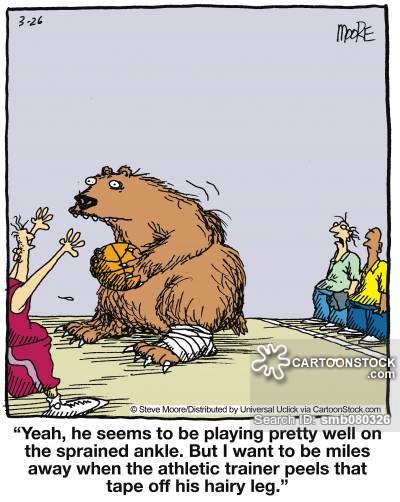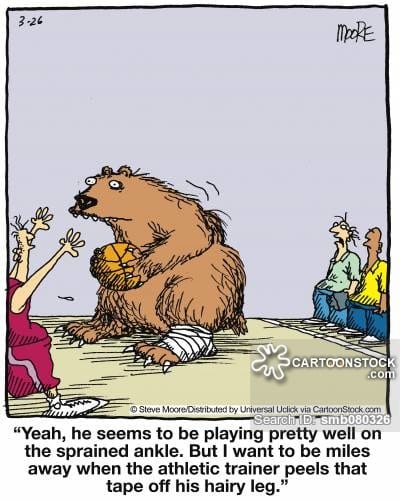Post by Kerry Staples (MPhysio (Sports) BPhysio (Hons) B HMS (Ex Sci) Sports Physiotherapist APAM)

Have you ever heard some-one say, “Oh, it is just an ankle sprain..”, or even thought that yourself? Yes it may be an ankle sprain, but they may not be as simple as they appear.
Lateral ankle sprain is the most prevalent musculoskeletal injury in physically active populations as well as a common condition in the general population. Up to 70% of the general population report having incurred an ankle injury during their lifetime. It is the most common sports injury across all sports. Interestingly, many people do not seek treatment at all.
Lateral ankle sprain injuries have a very high re-injury rate. Individuals who incur an acute lateral ankle sprain injury have a twofold increased risk of re-injury in the year following their initial injury. Many people still report symptoms up to 1 year after ankle sprain.
Re-injury can lead to a number of sequelae including:
- Pain
- Persistent swelling
- Feelings of ankle joint instability
- Ankle joint ‘giving-way’,
- Reduced functional capacity
Injury recurrence rates following lateral ankle sprain are high, leading to a large percentage of patients developing chronic ankle instability (up to 40%). High re-injury rates might be due to inadequate rehabilitation, and/or premature return to sport and activity. Chronic ankle instability and recurrent ankle sprains have been linked to early onset ankle osteoarthritis, and this is occurring much earlier in life than you might expect.

Physiotherapists in the management of lateral ankle sprain will
- Help you to manage the early immediate symptoms
- Identify the type and severity of the sprain clinically
- Refer you for appropriate investigation if required
- Use an activity and function based progression for rehabilitation rather than just simple time based progressions, while simultaneously allowing for optimal tissue restoration.
- Assess your level of function and provide advice for return to activity
- Provide options and strategies for the prevention of re-injury. There are a number of tests and outcome measures that can be performed with your physiotherapist to minimise risk of injury recurrence when returning to activity and sport.


References
Delahunt E, Bleakley CM, Bossard DS, et al. Clinical assessment of acute lateral ankle sprain injuries (ROAST): 2019 consensus statement and recommendations of the International Ankle Consortium. Br J Sports Med 2018;52:1304-1310. Accessed online at http://dx.doi.org/10.1136/bjsports-2017-098885
Gribble PA, Bleakley CM, Caulfield BM, et al. 2016 consensus statement of the International Ankle Consortium: prevalence, impact and long-term consequences of lateral ankle sprains. Br J Sports Med 2016;50:1493-1495. Accessed online at http://dx.doi.org/10.1136/bjsports-2016-096188
